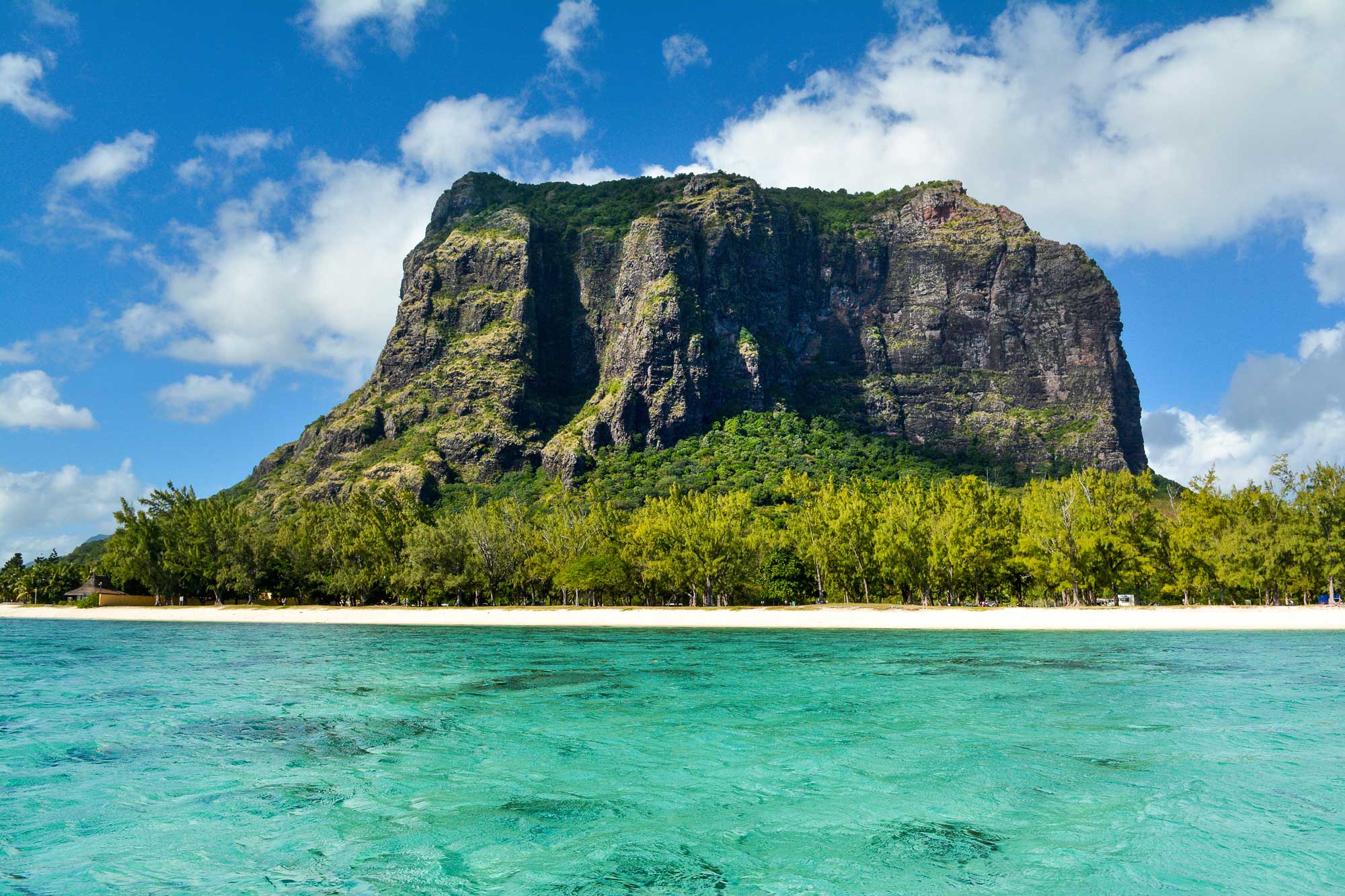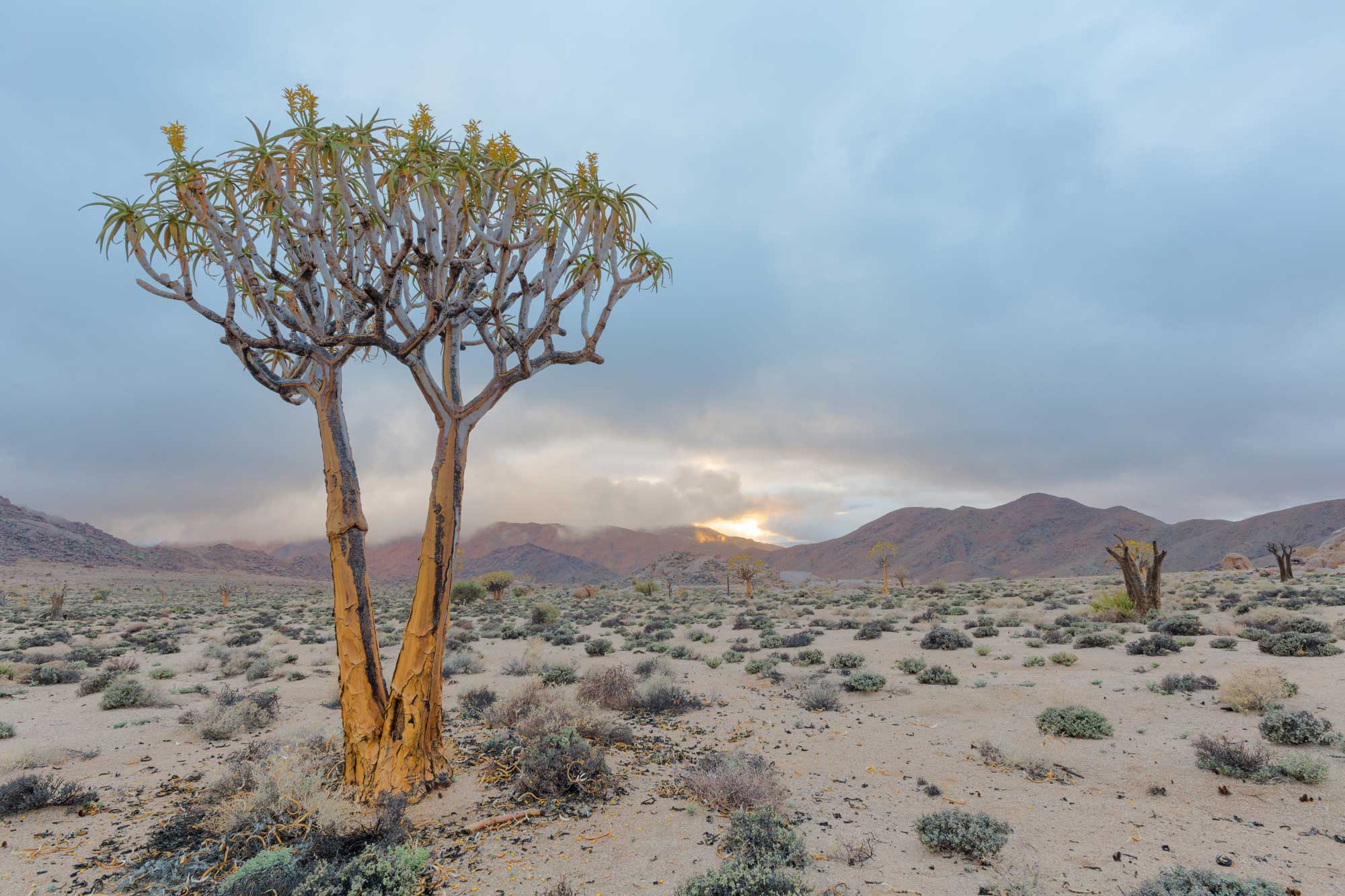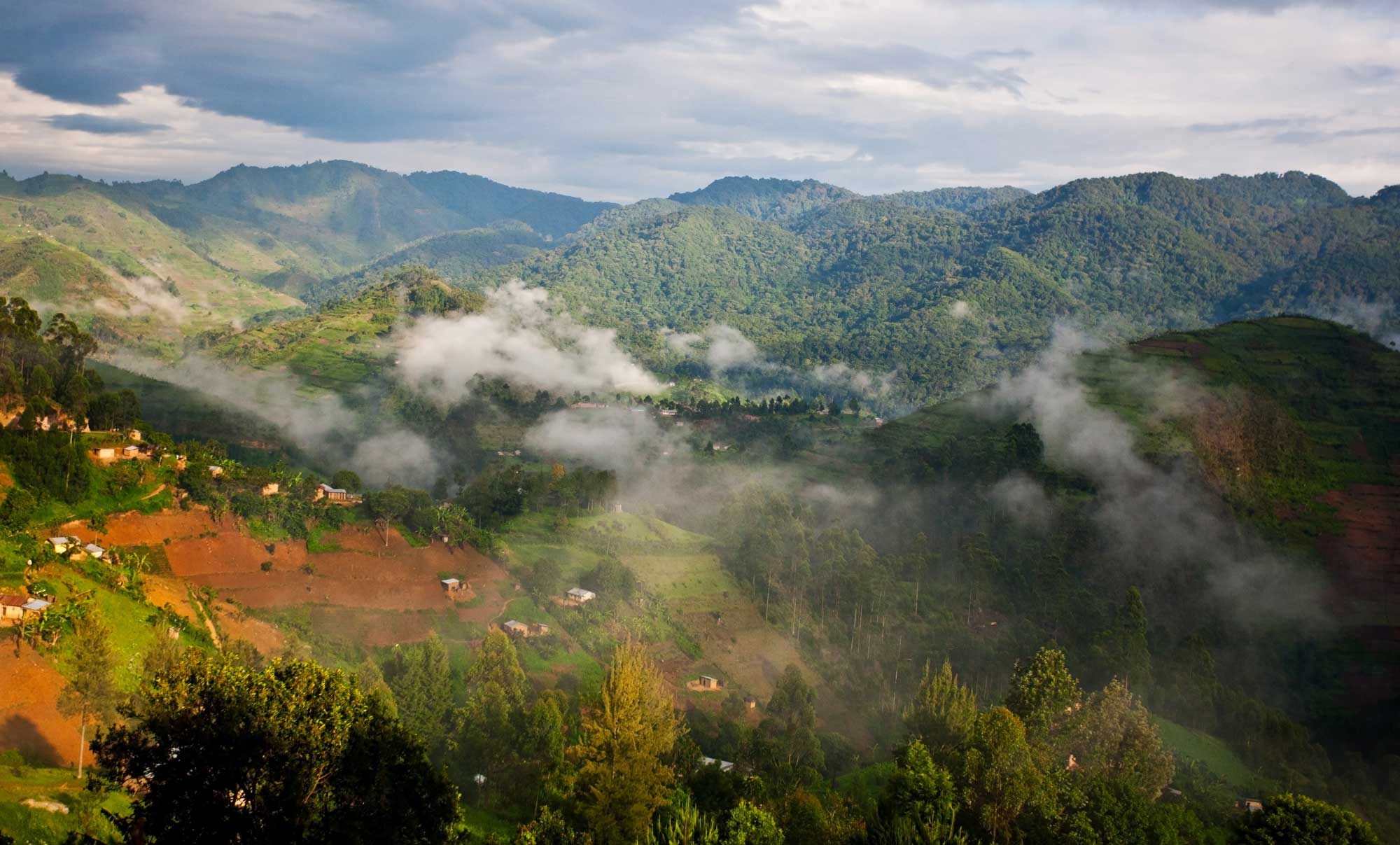GET OFF THE BEATEN TRACK WITH THESE HIDDEN AFRICAN WORLD HERITAGE SITES
Table Mountain. Victoria Falls. Stone Town. The Great Rift Valley.
You won’t win any globetrotting traveller prizes for knowing the vital statistics on these iconic corners of Africa; some of the most prominent World Heritage Sites on the continent. But have you heard of the secluded Salonga National Park in the Democratic Republic of Congo (DRC)? The sacred forests of coastal Kenya, or the remarkable Asante buildings of Ghana?
In all, Africa boasts 90 World Heritage Sites designated by the United Nations Educational, Scientific and Cultural Organisation (UNESCO). Spread from Morocco to Maputaland, Namibia to Tanzania, these remarkable natural and cultural wonders of the continent provide a handy bucket list for adventurous travellers to Africa.

Perhaps surprisingly for travellers who visit the continent in search of open savannahs and dramatic wild landscapes, the majority of the sites (48 of the 90) are of cultural significance. For instance, in Benin the Royal Palaces of Abomey are the country’s sole entry on the UNESCO list, but a worthy one: the Abomey kingdom was one of the most powerful in West Africa, and the palaces here were home to the 12 kings who ruled from 1625 to 1900. Neighbouring Nigeria boasts the Sukur Cultural Landscape, as well as the remarkable Osun Sacred Grove where forests and rivers are dotted with ancient shrines, sculptures and artworks from the Yoruba people.
West Africa is certainly rich with monuments to the cultural highlights of the region. Niger offers up the historic centre of Agadez, the southern gateway to the Sahara Desert, while Senegal commemorates its chequered history on the slave island of Gorée. Likewise, Mauritius marks its little-known connection with slavery in the fascinating Le Morne Cultural Landscape.

These so-called ‘Cultural Landscapes’ offer a unique way to travel back in time, exploring the ancient history of both the landscape and the people who occupied it. In South Africa, the Richtersveld Cultural and Botanical Landscape pays homage to the lands that supported the pastoralist Nama people, while in northern Limpopo province the Mapungubwe Cultural Landscape brings to life the rise and fall of Africa’s first indigenous Kingdom between 900-1300AD. As the climate changed and the rains disappeared in the 14th-century, the inhabitants migrated elsewhere in southern Africa, including to Great Zimbabwe, the most famous of Zimbabwe’s cultural heritage sites.
https://www.instagram.com/p/BN7O8ndBIfT/
And yet it is, of course, Africa’s wildest corners that draw most visitors to the continent. The Ngorongoro Conservation Area and Serengeti National Park are worthy inclusions on the UNESCO list, but while in the area why not also discover the remarkable ecosystems surrounding Mount Kilimanjaro and Mount Kenya? Further north, Lake Turkana has a unique ecosystem – it’s the most saline of Africa’s large lakes – and is both a hotspot for migratory birds, as well as a major breeding ground for the Nile crocodile and hippopotamus.

Across the border in Uganda, both the Bwindi Impenetrable National Park and Rwenzori Mountains National Park are hotbeds of flora, fauna and birdlife. The same goes for Madagascar, where the karst landscapes of Tsingy de Bemaraha Strict Nature Reserve and the coastal rainforests of Atsinanana are a perfect reflection of the island’s unique biodiversity. However, this may not be the case for long.

The rainforests of Atsinanana are one of 17 sites in Africa placed on UNESCO’s List of World Heritage in Danger; here thanks to the threat of agricultural encroachment. So too the DRC’s Salonga National Park. Africa’s largest tropical rainforest reserve is home to rare species including the dwarf chimpanzee, Congo peacock and adapted forest elephants. And yet, despite only being accessible by water, the Park is threatened by both poaching and deforestation.
In fact all of the DRC’s five World Heritage Sites are listed as Heritage in Danger. While travelling to this corner of the continent remains a challenge, there’s certainly no shortage of globally significant World Heritage Sites to add to your African bucket list.











